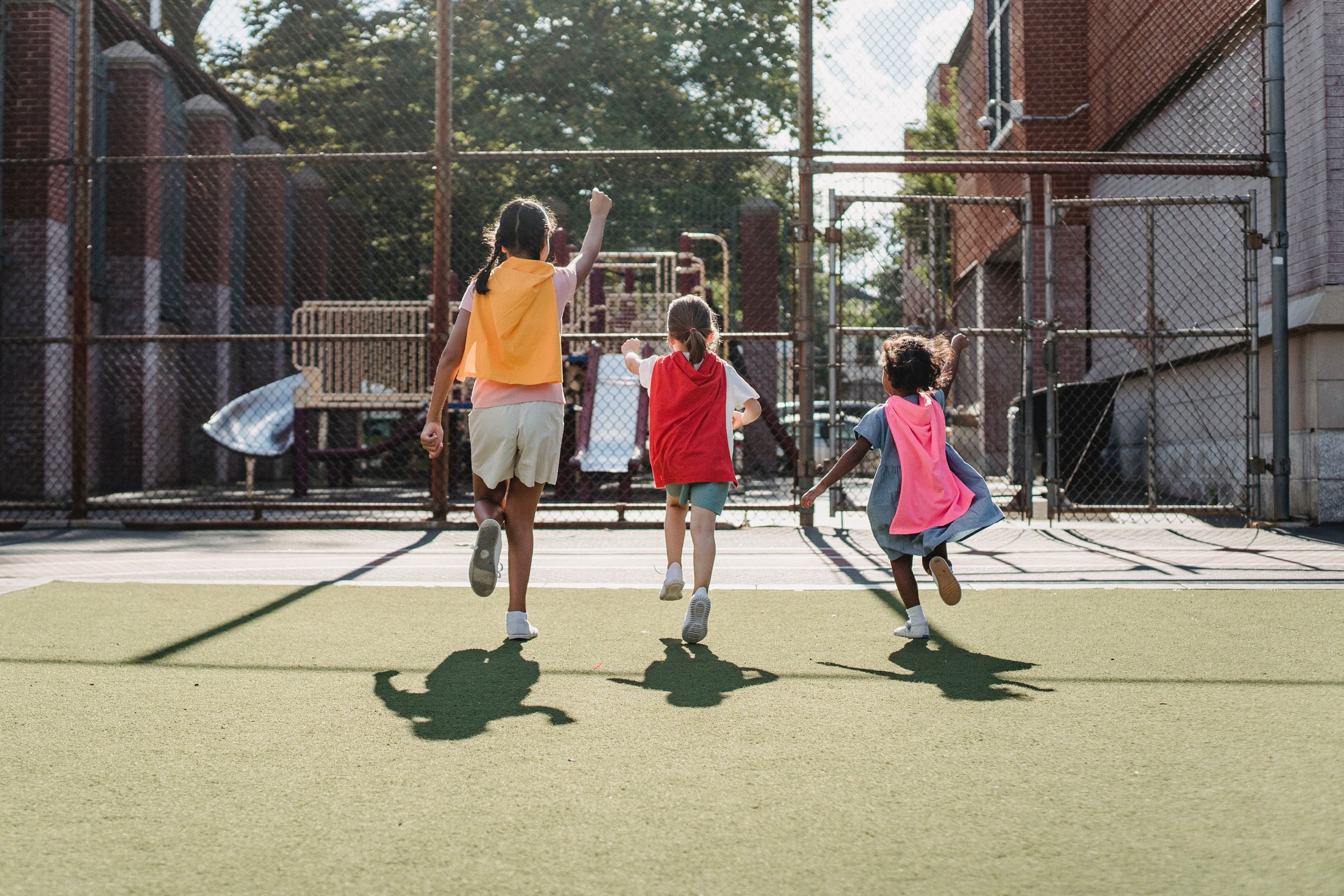
Skills in Action: Confident Parenting
The information provided in the blogs on this website is intended for educational purposes only. It is not a substitute for professional therapy or therapeutic services. While the content is designed to offer helpful insights and guidance, it should not be used as a replacement for individualized care provided by a licensed therapist or mental health professional. If you have concerns about your child's mental health or well-being, please talk with licensed professional or sign up for a free 15 minute consultation here.